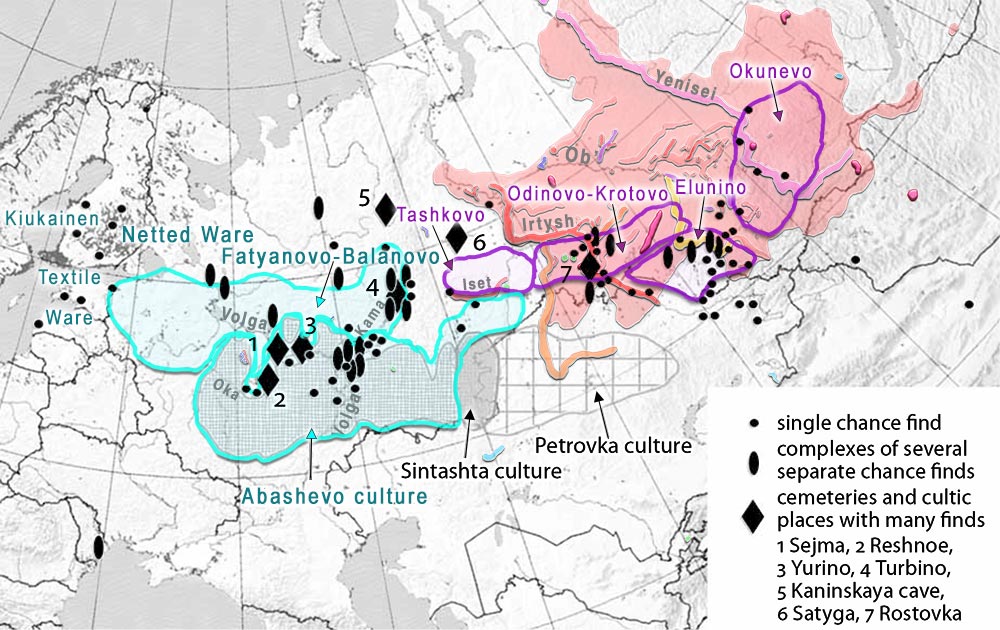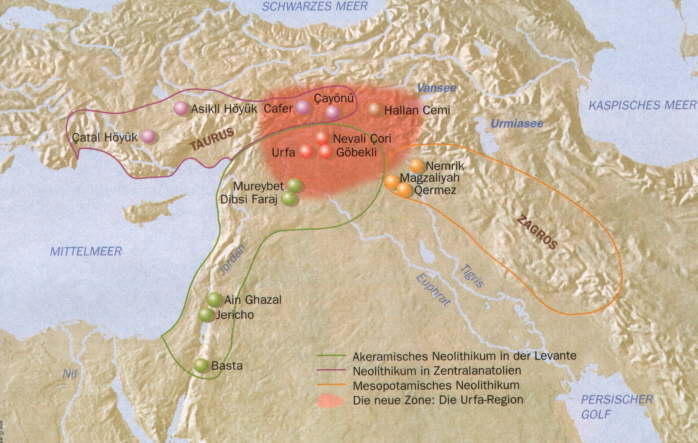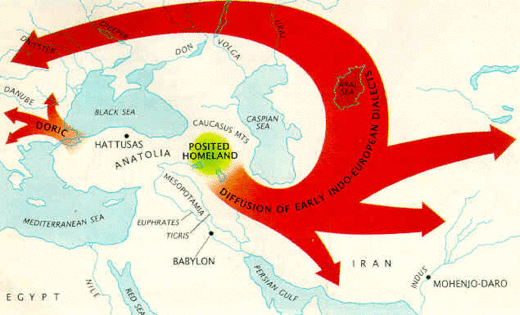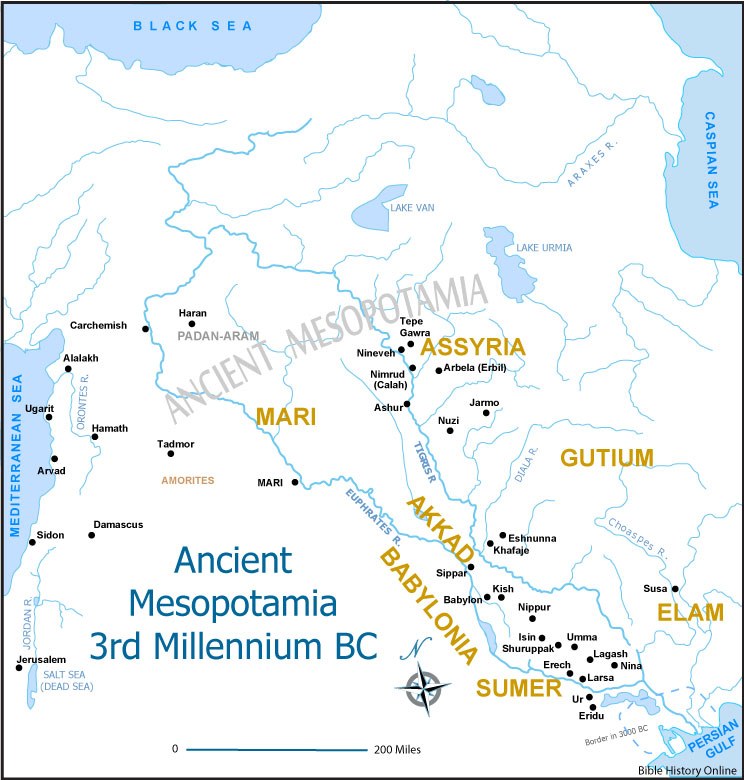As I remembered, the reason of Reich’s claim that yamna people as a caucasus cline was speaking PIE is not only gene flow but also cultural flow from caucasus to pontic steppe.Culture is not necessarily the same as language.
Moreover I think he has a full confidence that yamna people migrated to south asia.
Archaeologically this migration has lots of big hurdles.
For example sintashta cannot have an origin in CWC and andronovo did not reach south asia. As for me, seima turbino is another big hurdle. Until 1,700bc, ST had bombarded east Europe like mongol. After that, chariot people trampled whole Europe with Apa sword of snake inscription (looks like vajra). Problem is the archaeological PIE culture of the chariot people has something to do with ST, not sintashta.

Last edited:




